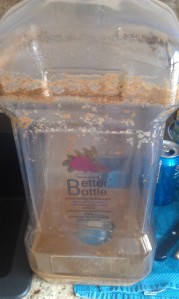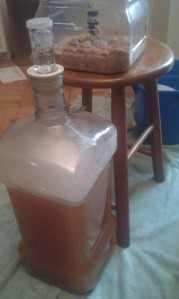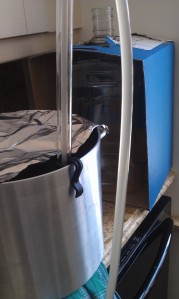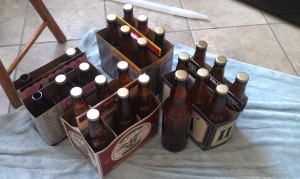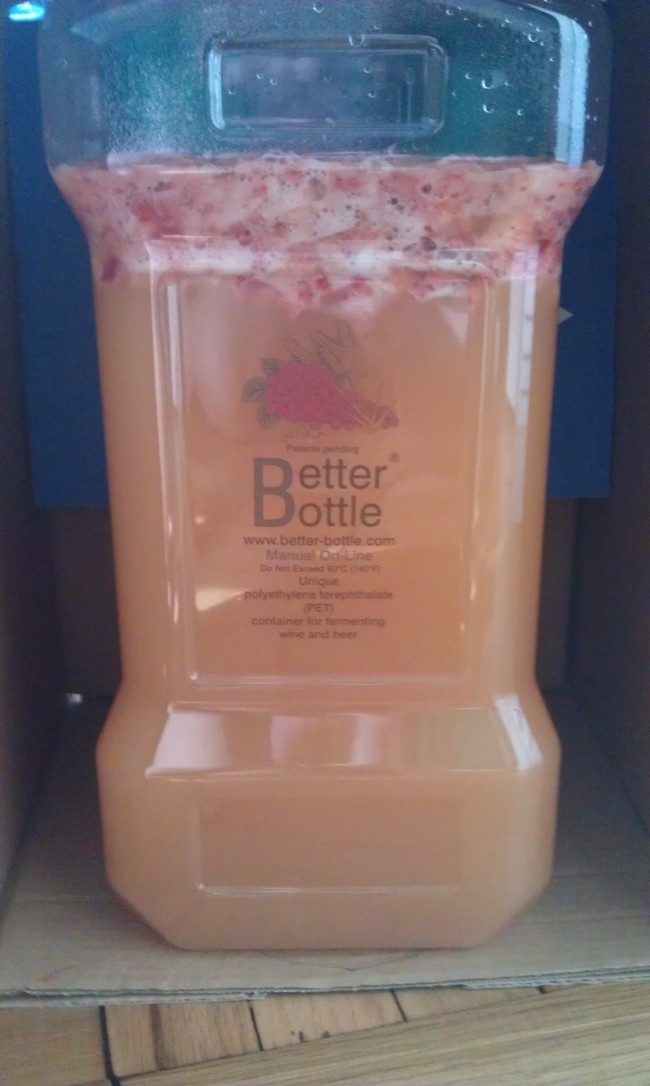I think it is rather fair to say that the US craft beer scene has been, for the most part, obsessed with hops for a very long time. IPAs rule the roost and become more hop forward every year it seems. My friend sent me an article, “Against Hoppy Beer“, and it made me reflect on the types of beers that I have made so far and the types of beers I like to drink while I’m out at a bar. While the East Coast isn’t the beer capital of the U.S., I’m lucky to live close to many bars which serve primarily craft beer, and there is a bottle and growler store within walking distance where sometimes you can find some rare brews. Most of their selections are usually Pale Ales, IPAs or other hop forward beers. I can see how this can be intimidating to some beer drinkers, and that’s why the craft beer bar near me stocks Budweiser bottles along with its 24 kegs and two casks of fresh craft beer.
I didn’t make a beer with over 50 IBUs until my 5th batch. In the grand scheme of things I had other beers which I was more interested in making first before going to the craft brewer’s mainstay. Golden Ale, Hefeweizen, ESB, and Oatmeal Stout all took precedent over the good ol’ IPA. I don’t think this was because I liked all of those styles more than IPA, it is just that I wanted to make beer that I couldn’t as easily find. Let’s face it, when you’re starting out brewing you’re probably not going to be world class right off the bat. It is going to be tough brewing a beer as good as Lagunitas IPA, or Goose Island Pale Ale, or one of the countless great Pale Ales available.
Some people would say, “The hops will hide imperfections in the taste of the beer so it would be a good beer to start off with.” I can’t deny that, but I would rather make a clean, mild profile beer first in order to make sure all of my techniques are sound and that I’m not carrying over any bad sanitation habits from batch to batch.
My non-beer drinking friends all love the golden ale and the hefeweizen I made. The people with a bit more beer savvy tended to like the ESB the most (Nobody has really tasted the IPA). It frustrates me that my first batch is enjoyed more than my later batches but I think that probably is for the same reason I waited on brewing the IPA: There simply are fewer craft beer choices in styles like golden ale (I’m not sure what style category I’d even put that one in) and ESB, so they are newer and different to the people tasting them. I brewed the IPA well along my journey as a novice homebrewer because I can easily get 12 different outstanding IPAs by just walking a few blocks. I didn’t brew IPA first because when I go to a bar with a regular beer selection the beer that is most palatable is usually an IPA. It is already my go to beer so why not switch it up so that I can enjoy a beer that is different when I have that choice?
I’d say the article is missing the point. Craft beer is made for beer fans. IPA might not be a style that translates well to people who have never tried craft beer before. If a person who knew nothing about wine went into a wine store and picked a bottle at random I think they would have a decent chance of picking something that they didn’t enjoy. Why should beer be any different? Maybe it would be a decent idea to put together a list of beers to progress through from the american big three through to the more niche beers. Sounds like a project I’ll have to try to take on.
